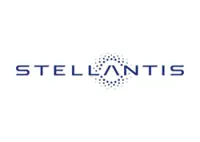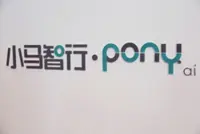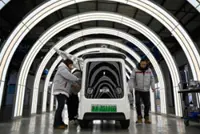The verdict on July 19 in US federal court in Fort Lauderdale, Florida, follows the first trial the electric-car maker faced over a fatal accident involving one of its electric cars. Tesla faces a spate of lawsuits and regulatory probes over accidents linked to its Autopilot driver assistance feature. — Reuters
A jury found Tesla Inc just 1% responsible for the death of a teenager who crashed a Model S into a wall at high speed, concluding that the 18-year-old and his father were 99% to blame for the 2018 accident.
The verdict on July 19 in US federal court in Fort Lauderdale, Florida, follows the first trial the electric-car maker faced over a fatal accident involving one of its electric cars.





